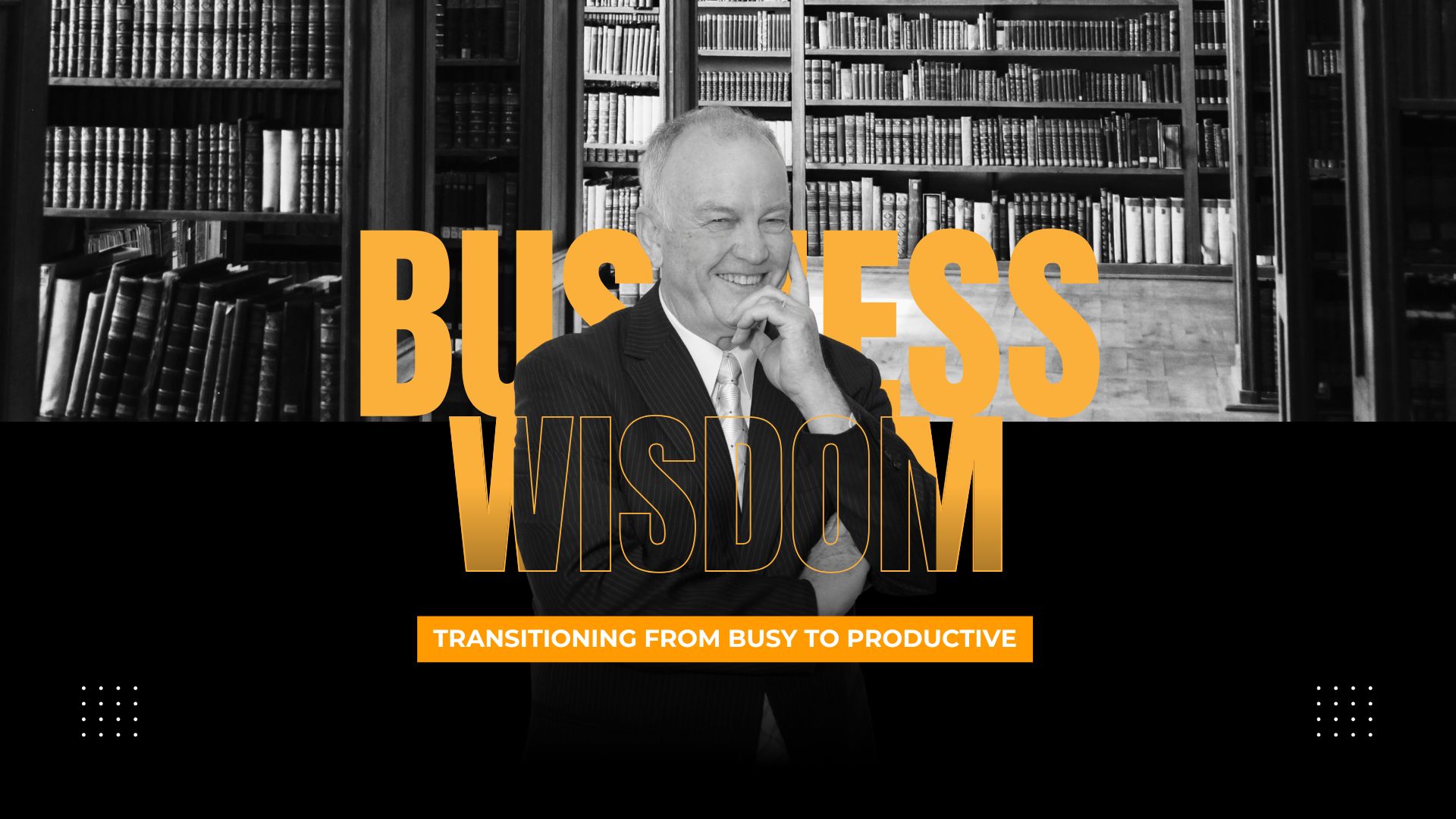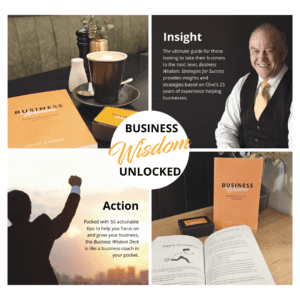As business owners, it’s easy to fall into the trap of equating being busy with being successful. But the truth is, constant ‘busyness’ is not a sign of growth. It’s often a symptom of misaligned priorities and clunky operations. If you’re ending your days exhausted yet uncertain about what you actually achieved, it’s time to shift from chaos to clarity.
In this episode, we look at how to transition from busy to productive, including:
- Why being overly busy is a big problem
- The importance of streamlining operations
- How to create a business that works efficiently without burning you out
The Problem with Being ‘Busy’
Busyness is reactive. It’s driven by emails, interruptions, client demands, and putting out fires. It’s running from one task to the next without a clear sense of direction.
Productivity, by contrast, is intentional. It’s proactive. It means aligning your daily actions with your strategic goals and working on what actually grows your business, not just what fills your day.
Ask yourself:
- Are your daily tasks moving you toward your long-term goals?
- Are you spending most of your time on activities that directly impact revenue and growth?
If the answer isn’t a confident yes, it may be time for an operational reset.
Why Streamlining Operations Matters
Disorganised or overly manual operations create drag. You end up repeating tasks, relying on memory, micromanaging your team, and spending more time in the business than on it.
When you streamline, you:
- Reduce duplication by introducing repeatable systems for repeatable tasks.
- Increase efficiency by making it clear what needs to happen, when, and how.
- Free up your headspace so you can lead strategically rather than manage reactively.
- Build a sustainable business that can run smoothly even when you step away.
A Simple Framework to Shift from Busy to Productive
You don’t need more tools, but you need a better approach. Here’s a three-step framework that’s worked for hundreds of business owners I’ve mentored:
1. Audit Your Tasks
Take a full week and track everything: meetings, admin, client work, emails.
Then evaluate:
- What’s essential?
- What can be automated?
- What should be delegated?
You’ll likely be surprised by how much is consuming your time without delivering meaningful results.
2. Systemise the Repetitive
If you do it more than once, systemise it. Whether it’s client onboarding, email responses, or internal processes, create templates, checklists, and workflows. Tools like ClickUp or even a shared Google Doc can help.
The goal? Eliminate the need to reinvent the wheel every time.
3. Prioritise Impact
Structure your week around high-impact tasks. This might include:
- Sales conversations
- Strategic planning
- Marketing and content creation
Not everything needs your personal touch. Focus your energy where it creates value, not just where it creates activity.
The Mindset Shift That Makes All the Difference
The biggest change isn’t in the tools, it’s in how you think about your role. You are not paid to be busy. You are paid to deliver outcomes.
It’s time to release the idea that hustle equals success. True success is clarity, balance, and progress you can measure. Your business should serve your life, not the other way around.
Your Next Step
Start small. Choose just one task this week to systemise. Document it, delegate it, and give yourself the gift of space.
And if you’re ready to go further, explore the free resources inside the Business Wisdom Vault, designed to help you build a business that runs with clarity, structure, and purpose.
Highlights
- 00:58 The Difference Between Busy and Productive
- 01:37 Identifying Operational Inefficiencies
- 02:29 Three-Step Framework to Boost Productivity
- 03:33 Mindset Shift: From Hustle to Results
- 03:55 Action Steps and Resources
Resources
- Business Wisdom Vault
- ClickUp for project management









